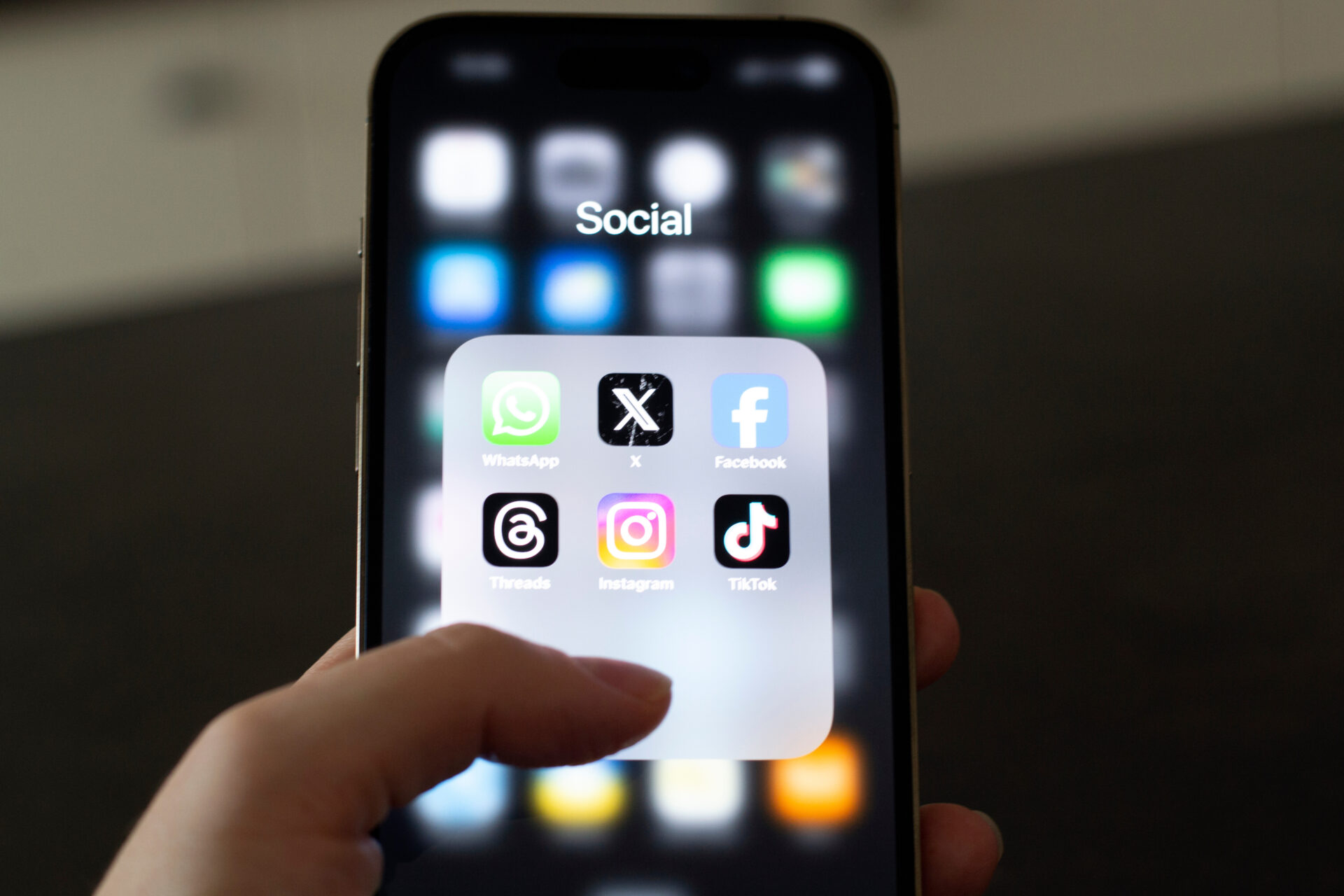Four in five UK workers said social media influenced how they communicate with colleagues, research from the Adaptavist Group found.
The survey showed that 83% of workers said platforms like TikTok and Instagram had shaped their professional communication, which often led to more conflict and misunderstanding.
More than half (54%) of people over 50 said these trends had little or no impact on their language at work, while just over a third (36%) of Gen Z and 39% of Millennials said the same.
22% of over-50s were not on social media at all, compared to just 3% of Gen Z and 7% of Millennials.
Platform preferences also varied, with 39% of over-50s choosing Facebook, 32% of Millennials preferring Instagram and 42% of Gen Z favouring TikTok.
Only 11% said they still used X or similar platforms.
Younger workers were more likely to use social media and messaging apps like WhatsApp for work, with 44% of Gen Z and 42% of Millennials using it regularly, compared to 28% of Boomers.
Nearly a third (29%) of Gen Z and 23% of Millennials said social media messaging, such as LinkedIn, was a main way to communicate at work, while only 11% of over-50s said the same.
Additionally, research found as more people brought their own digital habits into the workplace, the risk of misunderstanding increased.
However, the report found 90% of workers believed the right tools could help close this gap.
Emoji use, punctuation and response time expectations were also affected by social media.
Over-50s were more likely to see emoji use as ‘inappropriate’, ‘lazy’ or ‘rude’, while 25% of Gen Z and 19% of Millennials said they saw emojis as ‘friendly’.
Almost one in three (29%) workers had experienced a misunderstanding at work due to emoji use, and nearly half (46%) said ‘misinterpreting tone or phrasing’ was their biggest communication challenge.
Response times were another issue, with 72% of over-50s expecting a reply by the end of the day, compared to 77% of Gen Z and 74% of Millennials.
Some younger workers expected instant replies, with 6% of Millennials and 5% of Gen Z saying so, compared to only 2.6% of over-50s.
New technology was also being adopted, with 9% of Gen Z and 8% of Millennials saying they used asynchronous video recordings like Loom for work communication.
Simon Haighton-Williams, CEO of the Adaptavist Group, said: “Workplace communication will continue to evolve, influenced by emerging trends and the ways people engage with social media.
“Thus, businesses need to lean into these changes by embracing flexible, tech-forward communication strategies that cater to all preferences simultaneously, and embrace new technologies like asynchronous video recordings, such as Atlassian’s Loom.
“What’s more, with four generations in the workforce, enabling different communication preferences is essential to bridging generational gaps and ultimately building high performing teams.”
Haighton-Williams added: “When supported by the right technology and environment, teams can apply soft skills, like emotional intelligence and adaptability, to help combat today’s digital communication productivity challenges.”















